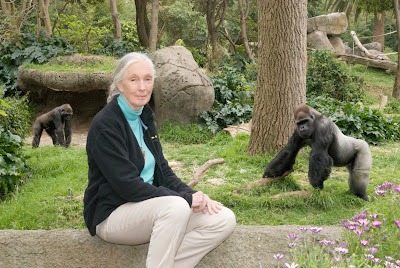
Below is a statement from Greenpeace's international office regarding the hunting of pilot whales in the Faroe Islands:
"Greenpeace works within the International Whaling Commission (IWC) to strengthen of the IWC's ban on commercial whaling. Unfortunately, the hunting of pilot whales is not yet regulated by the IWC. While Greenpeace doesn't have a specific campaign on pilot whales, we have for many years prioritised our campaign against large-scale Japanese whaling on the high seas. Greenpeace works on all levels to ensure that the IWC will in the future will protect all whales – including small whales, dolphins and porpoises and pilot whales."
Also below is a statement from the Humane Society about the Faroe Islands whale hunt and a contact for the Danish Prime Minister.
Q. Is it true that Denmark hunts pilot whales?
Yes, but the killings occur in the Faroe Islands, an autonomous province of Denmark. Many people have seen the graphic pictures portraying the annual drive hunt of pilot whales in the Faroe Islands.
During these hunts, pods of pilot whales are driven ashore and then brutally killed. About 950 pilot whales are killed every year during the killing season which generally takes place in the summer.
Pilot whale hunting is a part of the cultural heritage of the Faroe Islands and the locals have long depended on the pilot whale meat from these hunts as a source of sustenance. Because of this, most public attempts in the past by groups concerned with the welfare of the animals have only inflamed the situation and pushed the hunt numbers up. However, in recent years, the numbers of pilot whales killed have been in decline.
HSI works closely with the Whale and Dolphin Conservation Society (WDCS) who is involved with this issue on a subversive level. Since the pilot whale hunt is conducted mostly for local subsistence reasons, WDCS works to discourage the hunt by showing the problems with eating pilot whale meat.
Scientific studies have shown that dolphin meat is seriously contaminated with PCBs, heavy metals, and other toxins. Pilot whales, being dolphins, are highly contaminated and when pregnant women and young children eat the meat, it can lead to learning disabilities and other health problems.
If you would like to take action against the hunt, you can write to the Faroese government and explain your concerns about the hunt and why you think they should stop it. For example, you could tell them that the hunts are no longer necessary to provide food for islanders and that new studies show that whale and dolphin meat contains toxins that are unsafe to consume.
Also, pilot whales are forced to endure sever physical and psychological suffering as they are brutally killed while members of their social groups bear witness. Additionally, the hunts tarnish the Faroe Islands' international image and discourage tourists from visiting.
Faroese Government Contact information:
Prime Minister's Office
Løgmansskrivstovan
Tinganes
P.O.Box 64
FO- 110 Tórshavn
Tel: +298 351010
Fax: +298 351015
E-mail: info@tinganes.fo
To find out more information, please visit:
www.earthfirst.comand
www.animalcampaigns.com
 JZ Knight is the chaneller of Ramtha, a Lemurian warrior who fought the Atlanteans over 35,000 years ago. On February 7, 1977 Ramtha, The Enlightened One, appeared to her and her husband and since then she has been sharing his wisdom. JZ has established the Ramtha School of Enlightenment, authored her autobiography, "A State of Mind" and appeared in documentaries such as "The Secret" and "What the BLEEP Do We Know".
JZ Knight is the chaneller of Ramtha, a Lemurian warrior who fought the Atlanteans over 35,000 years ago. On February 7, 1977 Ramtha, The Enlightened One, appeared to her and her husband and since then she has been sharing his wisdom. JZ has established the Ramtha School of Enlightenment, authored her autobiography, "A State of Mind" and appeared in documentaries such as "The Secret" and "What the BLEEP Do We Know".






.jpg)





